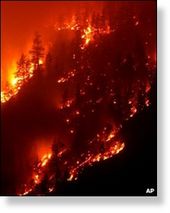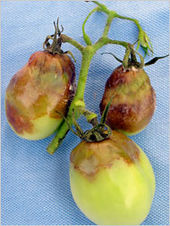
Scientists have long noted the link between small genome size and high metabolic rates - a notion first put forth in 1970 by Polish scientist Henryk Szarski. Bats and birds have the smallest genomes of backboned creatures, and flightless birds tend to have bigger genomes than fliers. The genome, or full book of genetic instructions, is typically present in every cell. So lugging around a smaller genome means you can have smaller cells, the thinking goes. Smaller cells mean a larger surface-to-volume ratio and more efficient gas exchange, all the better to fly with. (The metabolic rate of hummingbirds is thought to approach the theoretical maximum.)







Comment: Related Story:
US: The Irish Potato Famine Fungus Is Attacking Northeast Gardens And Farms Now